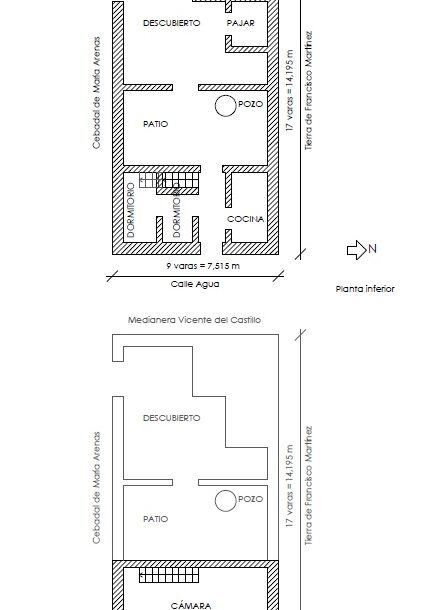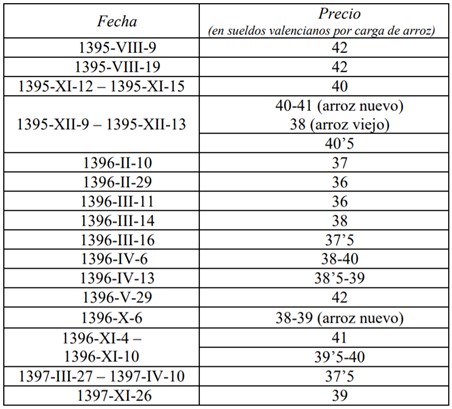
It is important to mention some aspects in relation to this illustration. Firstly, the importance of the church as a building that articulates the space both in the city and in rural areas should be emphasised. The ascription of society to a particular religion, in this case Christianity, decides that this type of building is the soul of the inhabited space. This is why we can see the importance of the church when it is represented with a larger size than the rest of the buildings. Originally, cities and towns were built around the religious building, which used to be the foundational infrastructure of the population. Secondly, the importance of the church as a centre of fiscal perception and at the same time as a generator of documentation relating to the resident population should be emphasised. Throughout the 18th century, projects to account for the resources that kings had, as well as the capacity of their states, expressed in terms of wealth and population, began to take shape. The fact that the population was fixed around the churches where they had to pay the tithe made it easier for the king’s officials to have access to this information. With the documentation generated in these churches relating to censuses, baptisms, marriages, etc., a large part of the censuses and cadastres of 18th century Spain could be drawn up.
Collection: Images
Project: 0. What is Europe? The European Spaces in the history of Europe., 3. Rural world and urban world in the formation of the European identity.
Chronology: XVIII
Scope: Secondary Education, Baccalaureate, University
Link: https://rua.ua.es/dspace/bitstream/10045/35436/1/RHM_31.pdf
Resource type: Image
Format: Illustration
Source: Jubrique. Archivo HistóricoProvincial. Granada
Language: Spanish
Owner: Djebril Bouzidi (Modernalia)
Identifier: Jubrique. Archivo HistóricoProvincial. Granada
Abstract: Illustration of the municipality of Jabrique (Malaga) in the 18th century
Tags






